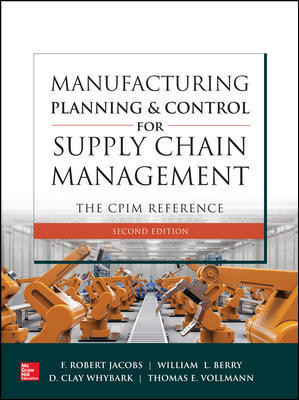New orders of manufacturing technology totaled $404.2 million in August 2023, according to the latest U.S. Manufacturing Technology Orders Report published by AMT – The Association For Manufacturing Technology. August orders increased 16.1% from July 2023 but were down 12.2% from August 2022. Year-to-date orders reached $2.23 billion, 12.6% lower than the first eight months of 2022.
“We are seeing industries focused on shorter-term projects reduce their spending, but at the same time, OEMs focused on longer-term production timelines have been increasing their spending, keeping orders at an elevated level,” said Douglas K. Woods, president of AMT. “The net result is that for the third consecutive month, the gap between year-to-date orders in 2022 and 2023 has narrowed, falling from a 14.6% deficit in May to the 12.6% difference we see today.”
Job shops continued to order machinery below their typical monthly share. The value of orders was well below their historical trend despite their share of unit orders remaining elevated. This indicates that while job shops are continuing to buy to increase capacity, OEMs are increasing their purchases of specialized machinery to make more complex, higher-value parts. Of those OEMs increasing orders, manufacturers of automotive transmissions have increased for yet another month. This marks the highest three-month streak of orders since June to August 2017.
Manufacturers of engines, turbines, and other power transmission technologies are also increasing orders at a rapid pace. The current upward trend is the largest sustained increase in orders since the increase that peaked in summer 2008, which was driven by the transition from coal-fired power plants to electricity generated by natural gas turbines.
“Much of the spike in demand for manufacturing technology over the last few years can be traced back to elevated consumer demand. To gauge the probable path of manufacturing technology orders in the future, we should keep an eye on the health of consumer spending,” said Woods. “Between mortgage payments becoming a larger share of discretionary income, wages in many industries not keeping pace with inflation, and ongoing labor disputes shuttering production lines, there are still several headwinds that face both consumers and the manufacturing technology industry.”
For more information, visit www.AMTonline.org.


